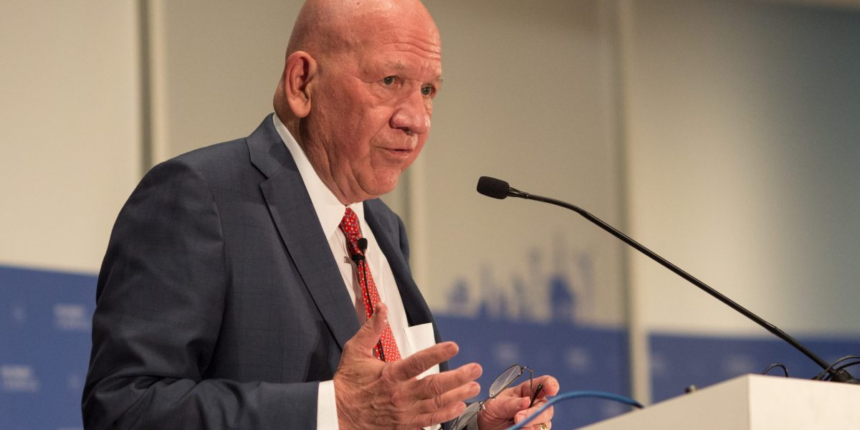Both countries in July lifted their restrictions as part of a trade truce while a longer-term trade agreement is negotiated, which remains pending.
“We’ve been clear about the risk of weaponizing U.S. energy exports,” Teague said in the earnings call. “These kinds of actions rarely hurt the intended target and often backfire, hurting our own industry more.”
“We are fortunate this administration understands the important importance of energy and global trade, even if the Commerce Department may need a little reminder,” Teague said. “Unfortunately, we could face similar challenges in the future.”
Specifically, the Commerce Department temporarily required Enterprise and other exporters to apply for special federal licenses to export ethane and butane to China for the stated reason of the “unacceptable risk” the natural gas liquids could be utilized for a “military end use.”
Enterprise Executive Vice President Tony Chovanec said the Commerce Department’s actions cost Enterprise at least one ethane customer that wasn’t from China.
“What it has done and where it’s been a problem, you really compromised the U.S. brand for reliable supply and energy security when you just cut off a counterparty like that,” Chovanec said of the Commerce Department’s actions. “It’s been disruptive but, in the short term, we were able to manage through it with our diverse contract mix.”
Apart from China, he said Enterprise ships ethane to Mexico, Brazil, Europe, India, Vietnam, and Thailand.
In a new report, the East Daley Analytics firm said China may look to develop alternatives for U.S. ethane to avoid geopolitical disruptions. China could push Middle Eastern and European nations to further develop their own ethane exports to diversify supplies.
“In recent years, U.S. ethane was the quiet powerhouse of global petrochemicals—cheap, abundant, and presumably insulated from geopolitics. That assumption no longer holds,” East Daley stated. “The US-China trade war has exposed a critical truth: there is no global substitute for U.S. ethane at scale. What was once a stable feedstock is now caught in the crosscurrents of trade policy and long-cycle demand risk.”
In the meantime, Enterprise is only doubling down on its ethane and propane exports businesses, including expanding its Houston Ship Channel facilities.
Enterprise this month also just opened the first phase of its new Neches River Terminal ethane export hub in Texas near the Louisiana border. The facility will initially be able to ship 120,000 barrels of ethane a day. A second phase coming online in the first half of 2026 will more than double the exporting capacity to 300,000 barrels daily.
Typically produced as a byproduct along with oil or natural gas, U.S. natural gas liquids volumes more than doubled in a decade to over 7 million barrels a day, nearly 6 million barrels of which are ethane, propane, and butane, according to the U.S. Energy Information Administration (EIA). That spike triggered a U.S. petrochemical plant construction boom, as well as burgeoning export markets because domestic supplies now far exceed demand. The ethane is typically converted into the petrochemical ethylene, which is used to make products such as polyethylene, the world’s most common plastic.
“The appetite for U.S. ethane and ethylene remains strong in both Asia and Europe,” Teague said.









